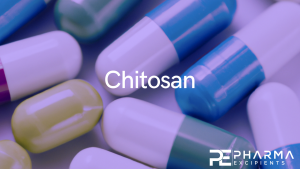Nanosized Drug Delivery Systems to Fight Tuberculosis

Tuberculosis (TB) is currently the second deadliest infectious disease. Existing antitubercular therapies are long, complex, and have severe side effects that result in low patient compliance. In this context, nanosized drug delivery systems (DDSs) have the potential to optimize the treatment’s efficiency while reducing its toxicity. Hundreds of publications illustrate the growing interest in this field. In this review, the main challenges related to the use of drug nanocarriers to fight TB are overviewed. Relevant publications regarding DDSs for the treatment of TB are classified according to the encapsulated drugs, from first-line to second-line drugs.
The physicochemical and biological properties of the investigated formulations are listed. DDSs could simultaneously (i) optimize the therapy’s antibacterial effects; (ii) reduce the doses; (iii) reduce the posology; (iv) diminish the toxicity; and as a global result, (v) mitigate the emergence of resistant strains. Moreover, we highlight that host-directed therapy using nanoparticles (NPs) is a recent promising trend. Although the research on nanosized DDSs for TB treatment is expanding, clinical applications have yet to be developed. Most studies are only dedicated to the development of new formulations, without the in vivo proof of concept. In the near future, it is expected that NPs prepared by “green” scalable methods, with intrinsic antibacterial properties and capable of co-encapsulating synergistic drugs, may find applications to fight TB.
Download the full review as PDF here: Nanosized Drug Delivery Systems to Fight Tuberculosis
or read it here
Bourguignon, T.; Godinez-Leon, J.A.; Gref, R. Nanosized Drug Delivery Systems to Fight Tuberculosis. Pharmaceutics 2023, 15, 393.
https://doi.org/10.3390/pharmaceutics15020393
Read more on Chitosan as a pharmaceutical excipient here:


